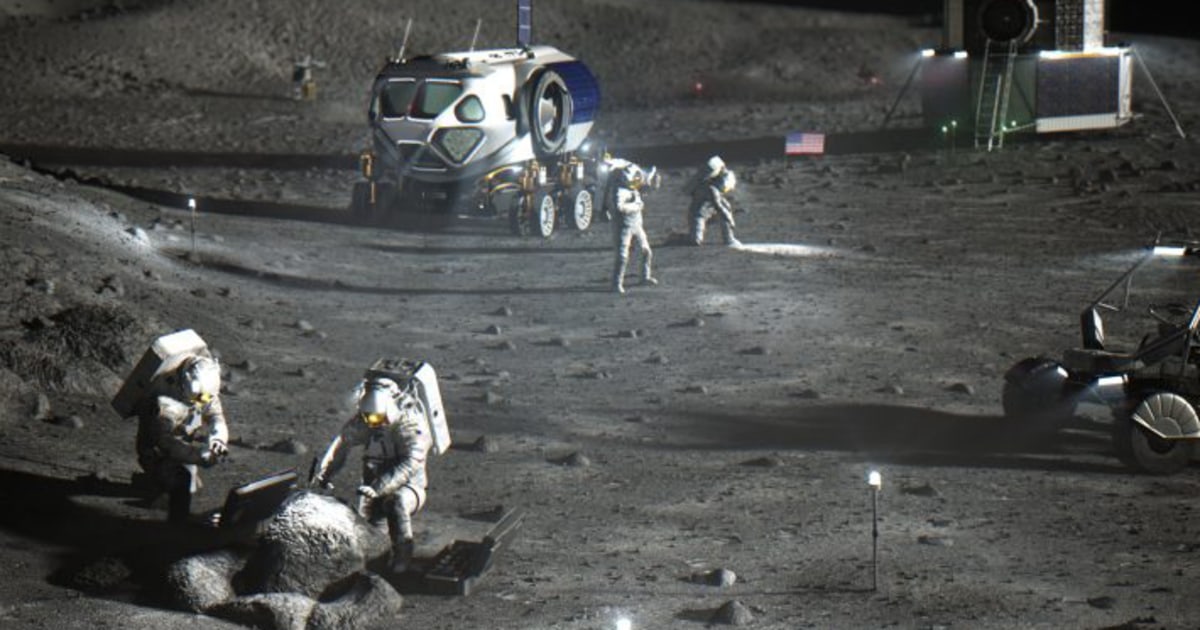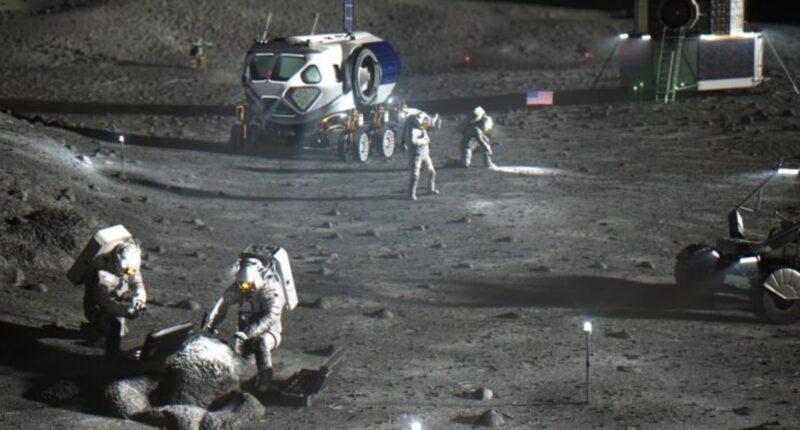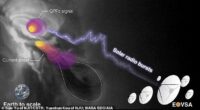
There are also debates about how to even figure out lunar timekeeping. Clocks on the moon gain roughly 56 microseconds per day (one microsecond is equal to one-millionth of a second), making them tick ever so slightly faster than clocks on Earth.
These tiny shifts also vary depending on location, which means clocks on the moon don’t necessarily run at the same rates as clocks in lunar orbit.
“Of course, the agreed time system will also have to be practical for astronauts,” said Bernhard Hufenbach, who works in ESA’s Directorate of Human and Robotic Exploration.
“This will be quite a challenge on a planetary surface where in the equatorial region each day is 29.5 days long, including freezing fortnight-long lunar nights, with the whole of Earth just a small blue circle in the dark sky,” he said in a statement. “But having established a working time system for the moon, we can go on to do the same for other planetary destinations.”
But beyond astronauts and ground controllers being able to tell time on the moon, the need for standard timekeeping in space is also essential for guidance and navigation.
Just as GPS systems on Earth require precise coordination and timing, so too will any infrastructure that is built and operated on the moon.
Typically, missions to the moon use deep space antennas to keep onboard systems synchronized with time on Earth, but European space officials say this method may not be sustainable as humans establish a more permanent presence on the moon.
Many of these discussions are already underway as part of NASA’s “LunaNet” initiative, a project to develop technologies, techniques and standards for lunar communications and navigation. These efforts are a key part of the agency’s Artemis program, which aims to build lunar bases and launch regular mission to the moon before venturing on to Mars.
In November, space officials gathered at the European Space Research and Technology Centre in the Netherlands to discuss priorities moving forward.
“During this meeting … we agreed on the importance and urgency of defining a common lunar reference time, which is internationally accepted and towards which all lunar systems and users may refer to,” Pietro Giordano, a navigation system engineer at ESA, said in a statement. “A joint international effort is now being launched towards achieving this.”
Source: | This article originally belongs to Nbcnews.com










